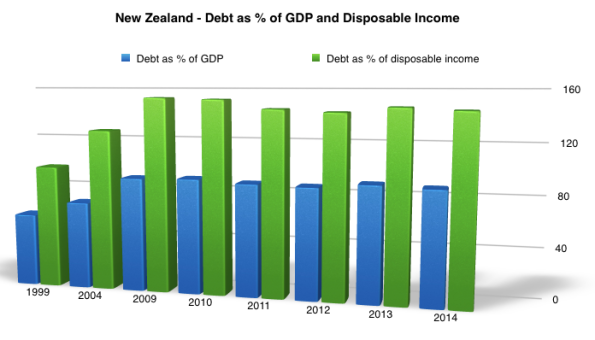Most people will be aware of China’s presence in global trade but its growing influence in international finance seems to be relatively unknown mainly due to a lack of transparency and data. The vast majority of lending to Low Middle Income Countries (LMIC) is focused on infrastructure projects but China’s lending policy is obscure for a variety of reasons.
- There is no published report of the China’s lending activity
- As China is not a member of the Paris Club that shares bilateral lending and trade credit flows
The Paris Club is a group of 22 major creditor countries who try to find sustainable solutions to the payment difficulties experienced by debtor countries.
Features of Chinese loans
China by far the world’s largest official creditor, with outstanding claims in 2017 surpassing the loan books of the IMF, World Bank and of all other 22 Paris Club governments combined. see graph.

Features of Chinese loans:
- China lends at commercial rates – approx 4% – which is four times than that of a loan from the World Bank or an individual country.
- China’s repayment period is generally shorter – less than 10 years which compares to approx 28 years for other lenders’ loans to LMIC.
- China’s state-owned lenders require borrowers to maintain an offshore account which they have access to as security. This saves China having to go through the judicial process to recover funds.
- Some countries are fast accumulating debt to China and for a lot of them the amount of debt owed has increased from less than 1% of debtor country GDP in 2005 to more than 15% in 2017. A dozen of these countries now owe debt of at least 20% of their nominal GDP to China.
Is China setting up debt traps?
There are mixed views on whether China keeps lending money to countries that can’t afford the repayment. This can result in China gaining part ownership of foreign assets as compensation for non-payment of a loan. Sri Lanka has been cited as an example of this in which there was considerable Chinese investment in a port project. However using loans and contractors from China proved contentious and Sri Lanka was left with growing debts. In 2017 consensus was reached which gave state-owned China Merchants a controlling 70% stake in the port on a 99-year lease in return for further Chinese investment.
However some reports suggest that the deal was driven by local political motivations, and China never took formal ownership of the port. In fact there are no instances of China seizing a major asset in the event of a loan default – AidData.
Why is there underreported debt? According to the China Africa Research Initiative there are five main reasons why countries have not reported debts to the World Bank.
- World Bank rules on debt reporting only apply to countries actually borrowing from the World Bank. For instance when President Hugo Chavez of Venezuela pulled out of the World Bank after paying off loans, China then lent Venezuela US$90bn (21.1% of its GDP) which Venezuela was not required to disclose to the World Bank
- Geopolitics also influences a country’s decision to disclose its debt. As well as Venezuela, Russia doesn’t report fully to the World Bank. For instance sanctions against a country will limit its ability to borrow from the World Bank.
- Weak government capacities – if a country is afflicted by civil war they are often unable to report their borrowing. Sudan – overrun by conflict – stopped reporting loan commitments by China after 2010.
- Deliberate hiding of foreign borrowing – loans to a country’s SOE’s may not be reported to the World Bank as domestic accounting systems keep SOE debt distinct from central government public debt. Mozambique has deliberately hidden loans from Swiss and Russian banks.
- Chinese loan contracts – confidentiality clauses in them prevent borrower governments revealing the terms or even the existence of debt. Although more evidence is needed to prove this claim.
Why does underreported debt matter?
For policymakers in LMIC’s underreported debt is worthy of attention for the following reasons:
- It can displace other public spending priorities that were planned and budgeted.
- If a central government has a high level of debt exposure and this is underreported it will continue to borrow from lenders who are unaware of the risks. This can lead to an unsustainable accumulation of public debt.
- It becomes very hard for for countries to resolve their debt crisis when they have such high underreported debt exposure. Creditors are likely to be less sympathetic to country’s who have underreported their debt exposure leading to litigation.
Sources
What is the Real Story of China’s “Hidden Debt”? by Deborah Brautigam and Yufan Huang. China Africa Research Initiative No. 6 2021.
China: Is it burdening poor countries with unsustainable debt? by Kai Wang – BBC Reality Check January 2022
Banking on the Belt and Road: Insights from a new global dataset of 13,427 Chinese development projects. Sep 29, 2021. Aid Data















